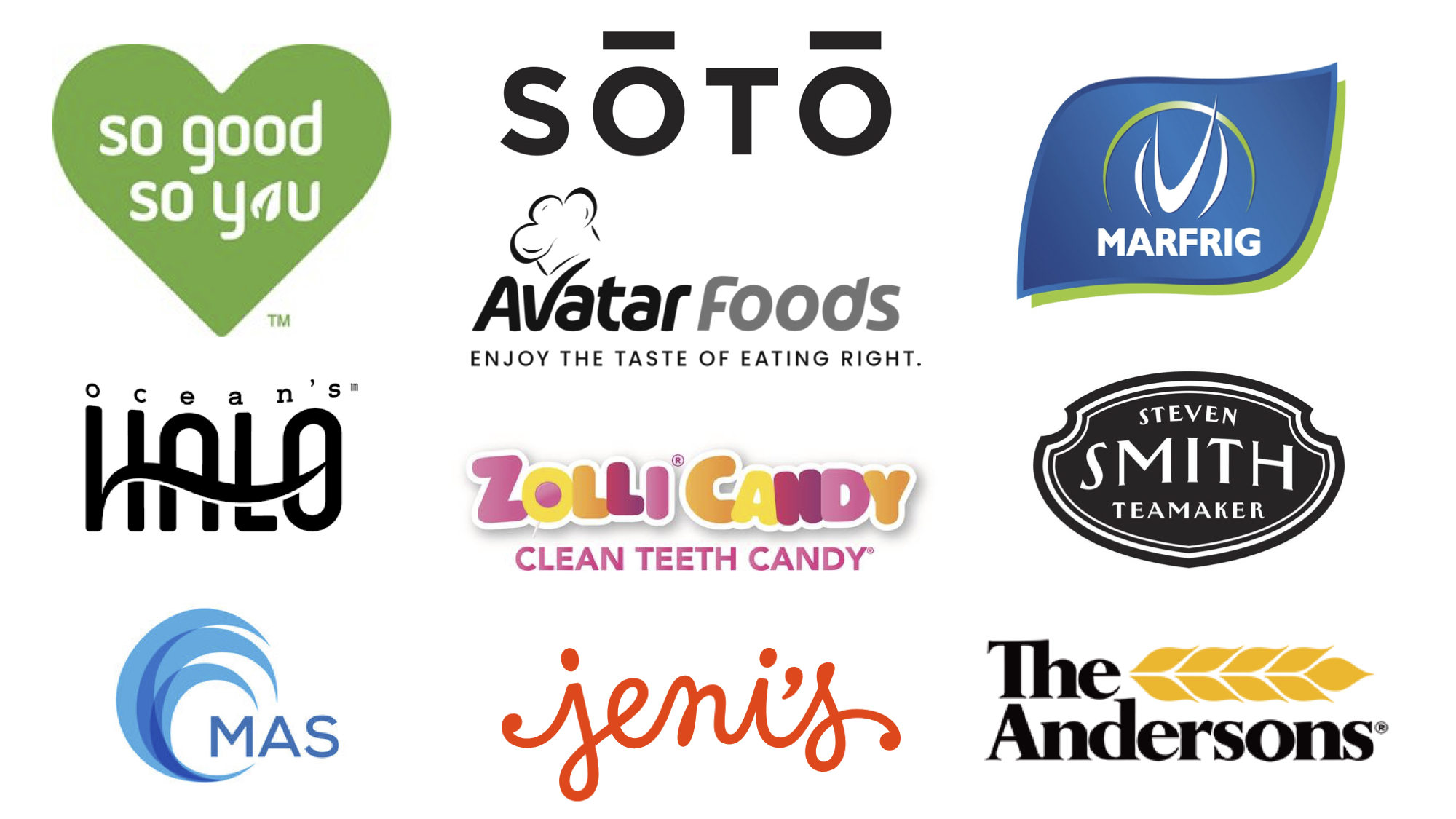Though Global Food Safety Initiative (GFSI) audits and Good Manufacturing Practices (GMP) audits are distinctly different, they can also be complementary in a way that will benefit your food production facility.
First created in 2001 by a group of retailers motivated by the need to harmonize food safety standards across the global supply chain, GFSI audits are based upon Benchmarking Requirements. These requirements are frequently updated with input from food safety experts from around the world to keep up with food safety trends. They do not constitute a food safety standard in their own right and food businesses cannot be audited or certified against them, but they do provide a universal gold-standard of recognition. The goal at creation was “Once Certified, Accepted Everywhere.”
GFSI audits primarily focus on the “systems” of a food manufacturing facility, including the documentation that guides their food safety processes. It is a business-driven initiative for the development of food safety management systems to ensure food facilities are processing safe food for consumers. Without an effective program in place, GFSI audit results may be impacted, identifying areas where program failures may be present. Successful audits offer a passport to the global market for the recognized CPOs (certification program owners) and the companies they certify, while serving as a widely accepted benchmark for food safety.
They are also scheduled in advance and manufacturers know what auditors are looking for, so facilities can prepare documentation in advance of them. While beneficial in helping set a benchmark for the facility, they may not always offer an accurate assessment of their day-to-day operations. A complementary GMP audit can effectively correct and improve these processes.
GMP audits provide a much more in-depth look at the actual food safety practices implemented by manufacturing facilities. To achieve success with GMP audits, a level of preparation beyond development and application of the food safety plan is necessary. These inspections involve in-facility observation and can often be unannounced. That means manufacturers have to be prepared and committed to following their food safety plan each and every day. Through the audit process, manufacturers then have the opportunity to showcase their implementation of those best practices. In this environment, they can actively demonstrate their commitment to a strong food safety culture and doing the right things to ensure food safety each day.
Through the process, employees are observed and even asked about their personal practices, including hand washing and other safe behaviors. Equipment is inspected closely with an emphasis on harborage points for pathogens and allergens. The building inspection itself includes floors, walls, and ceilings to ensure there are no cracks or openings in doors, condensation or roof leaks, and that floors and drains are appropriately positioned so water cannot pool. GMP inspections also include reviews of non-production areas because hazards, if not controlled, can migrate from there into production zones.
Another benefit of a GMP audit is the Food Safety Professional (FSP) being able to provide consultation through the process, sharing their expertise and recommendations for the improvement of the facility’s Food Safety Management Systems. These audits are also provided without regulatory repercussions, so they are truly focused on improvement. As a result, the FSP is able to help with root cause and provide training to the site, helping with both corrective and preventative action. This helps teach frontline workers to be proactive in watching for and identifying potential hazards. Through the GMP audit process and associated risk assessment and management, the facility’s food safety culture will also improve, further reinforcing their commitment to doing what is right.
Quality managers will tell you that while it can be easy to write a procedure that meets standards, the hardest part of a food safety program is implementing those standards day in and day out. By applying different audits in a facility, food safety leadership will have different standards to help assess and grow the plant’s food safety program.
The success of a food manufacturing facility and the brands it supports relies on the strength and success of its food safety programs. Our global team of FSPs collaborate to partner with quality managers from across the food supply chain to help realize the significant benefits of complementary GFSI and GMP audits. In fact, GFSI sites that also participate in GMP inspections or the IO (Inspection Only) program typically score better in certification audit situations. IO inspections do not include a document review unless an audit trail leads that way. There is no certificate and no score, but still a deep-dive physical GMP inspection. These complementary audits will help raise the standard for food safety in your food manufacturing facility.
If you are unsure what type of audit you need, look to your customer first, as they may have requirements. Then call us at AIB International to get started.
You can also register for this free webinar to learn more.
This article was created in collaboration with the sponsoring company and the Xtalks editorial team.








Join or login to leave a comment
JOIN LOGIN